Soothing Touch: Why consumers and physicians prefer pharmaceutical topicals
From allergy remedies, hair loss treatments, and antiseptics to skin infection treatment creams and transdermal patches, the range of topicals is vast and growing. Here are the primary reasons topicals are the pharmaceutical ingredient formulation of choice among medicine prescribers and treatment-seeking consumers.
1. Easier administration
Imagine a fidgety patient with dementia complaining of an aching shoulder. What is easier to administer to this patient – a pain pill or a pain relief cream? Easy application is vital for all patients but of greater importance among the growing elderly population, an age demographic predicted to triple in the next three decades.
2. Less dosing
Since topicals are usually applied directly to the area in need without being metabolized, absorption and stability are less impacted than an orally administered drug. These attributes can make the effects of a topical instant and long-lasting. Oral medications undergo multiple metabolic and chemical changes in the human body, which can diminish the drug bioavailability at its final action site, requiring more frequent dosing.
3. Less risks and side effects
Most consumers prefer treatments that avoid first-pass metabolism. Rising concerns around addiction and the implications of orally administered drugs turn consumers to topical alternatives. It’s known that topical analgesics have less likelihood of addiction than ingested analgesics. Additionally, topicals avoid the risk of irritating the gastrointestinal tract and harming the gastric lining.
4. Soothing and calming sensorial experience
For most consumers, a topical application offers calming and therapeutic inducing benefits such as helping relax muscles, lowering heart rate, and increasing the production of endorphins. Topical products may also incorporate fragrant aromatherapy scents or CBD to help soothe and calm the body and mind. In fact, CBD topicals are accelerating as a category of their own, with roll-ons, sprays, patches, and rubs among some of the growing number of CBD products on the market.
Cure and treatment of skin diseases highly rely on topical drugs
According to the Global Burden of Disease Project, skin diseases such as psoriasis, eczema, skin cancer, and vitiligo continue to be the fourth-leading cause of nonfatal disease burden worldwide and affect a large proportion of the global population.
The World Health Organization (WHO), states between 2 and 3 million cases of non-melanoma skin cancer and 132,000 cases of melanoma skin cancer are diagnosed annually across the globe. Furthermore, the prevalence of psoriasis worldwide ranges between 0.09% and 11.43%, making it a serious global problem with at least 100 million individuals affected worldwide.
As topical drug delivery is the first line of treatment for many skin diseases, the demand for advanced topical products is expected to increase in the coming years. The topical drug delivery market is projected to reach USD 129.8 billion by 2025 from USD 95.2 billion in 2020, at a CAGR of 6.4% during the forecast period. The North American topical market is projected to account for USD 43.5 billion by 2025, growing at a CAGR of 5.4%.
New opportunity: Delivering biologics through transdermal skin application
The delivery of biologics through the transdermal route is one of the emerging trends in the topical drug delivery market. The transdermal delivery of large molecules as an alternative to intramuscular, subcutaneous, or intravenous routes of administration is expected to provide significant patient benefits, such as painless drug delivery and cost-effective treatment.
Evolving trend of CBD topicals for health and wellness
Cannabis, with its antioxidant and anti-inflammatory effects, is being rapidly integrated into a broad spectrum of consumer products. CBD topical products currently make up about 25% of the overall CBD category. We should see additional developments of CBD topicals to treat sleep, anxiety, depression, flu symptoms, Parkinson’s disease, and cancer in response to health and wellness demands.
The rise of topical treatments
With the rising demand for topicals based on their attributes and medicinal benefits, we will continue to see a rise in prescription and over-the-counter topical medications on pharmacy and store shelves. But with this rise in demand comes a mass of competition in the market. So, how do you make your product stand out? What excipients and ingredients can you formulate to develop a topical with greater efficacy and appeal so that physicians and consumers choose your product over others?

